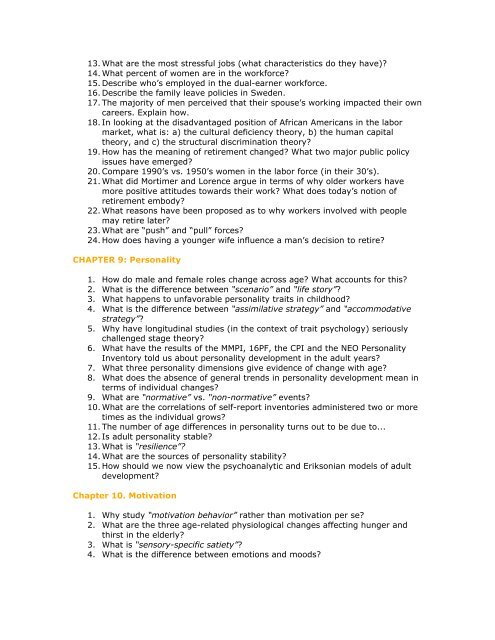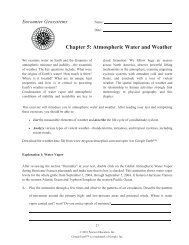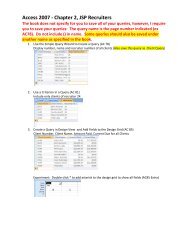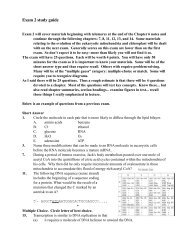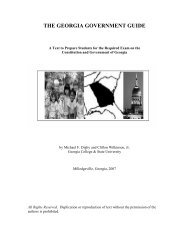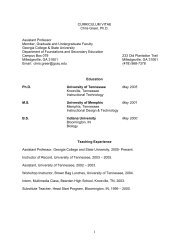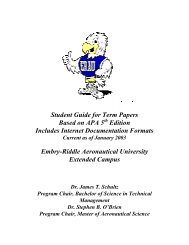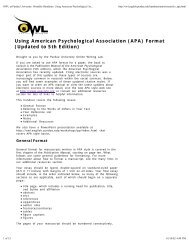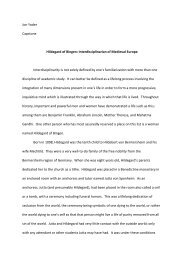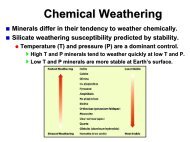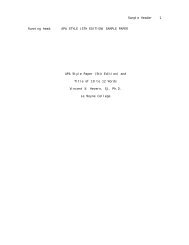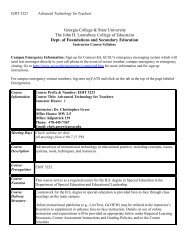study questions
study questions
study questions
- No tags were found...
Create successful ePaper yourself
Turn your PDF publications into a flip-book with our unique Google optimized e-Paper software.
13. What are the most stressful jobs (what characteristics do they have)?14. What percent of women are in the workforce?15. Describe who’s employed in the dual-earner workforce.16. Describe the family leave policies in Sweden.17. The majority of men perceived that their spouse’s working impacted their owncareers. Explain how.18. In looking at the disadvantaged position of African Americans in the labormarket, what is: a) the cultural deficiency theory, b) the human capitaltheory, and c) the structural discrimination theory?19. How has the meaning of retirement changed? What two major public policyissues have emerged?20. Compare 1990’s vs. 1950’s women in the labor force (in their 30’s).21. What did Mortimer and Lorence argue in terms of why older workers havemore positive attitudes towards their work? What does today’s notion ofretirement embody?22. What reasons have been proposed as to why workers involved with peoplemay retire later?23. What are “push” and “pull” forces?24. How does having a younger wife influence a man’s decision to retire?CHAPTER 9: Personality1. How do male and female roles change across age? What accounts for this?2. What is the difference between “scenario” and “life story”?3. What happens to unfavorable personality traits in childhood?4. What is the difference between “assimilative strategy” and “accommodativestrategy”?5. Why have longitudinal studies (in the context of trait psychology) seriouslychallenged stage theory?6. What have the results of the MMPI, 16PF, the CPI and the NEO PersonalityInventory told us about personality development in the adult years?7. What three personality dimensions give evidence of change with age?8. What does the absence of general trends in personality development mean interms of individual changes?9. What are “normative” vs. “non-normative” events?10. What are the correlations of self-report inventories administered two or moretimes as the individual grows?11. The number of age differences in personality turns out to be due to...12. Is adult personality stable?13. What is “resilience”?14. What are the sources of personality stability?15. How should we now view the psychoanalytic and Eriksonian models of adultdevelopment?Chapter 10. Motivation1. Why <strong>study</strong> “motivation behavior” rather than motivation per se?2. What are the three age-related physiological changes affecting hunger andthirst in the elderly?3. What is “sensory-specific satiety”?4. What is the difference between emotions and moods?


